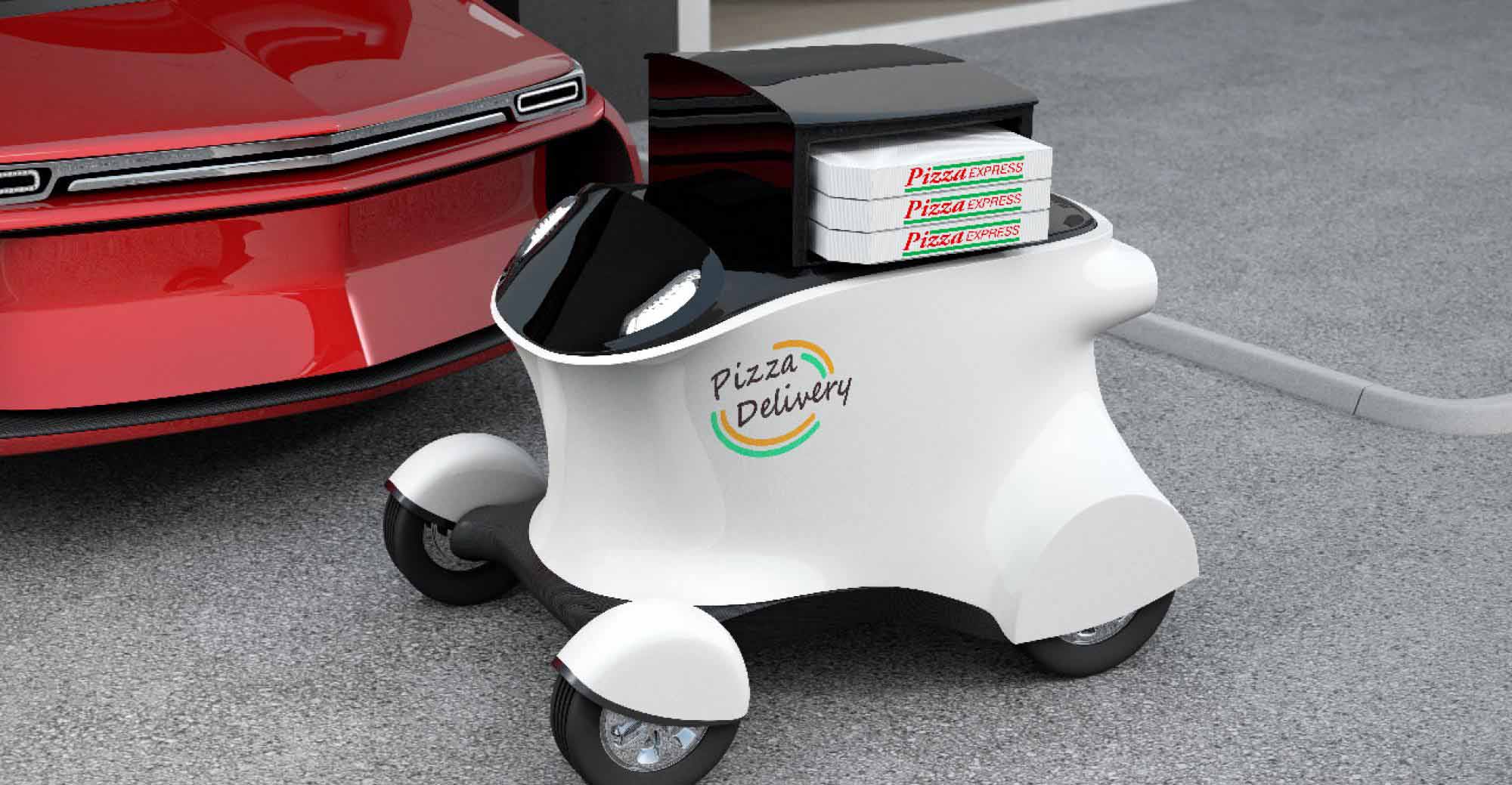
5 coronavirus things: Meal delivery robots help minimize COVID spread at University of Wisconsin

This and FEMA partnering with California to feed at-risk seniors are some ofthe stories you may have missed recently regarding the COVID-19 crisis.
By Mike Buzalka
In this special edition of 5 Things, Food Management highlights five things you may have missed recently about developments regarding coronavirus and its impact onsite dining.
Here’s your list for today:
Meal delivery robots help minimize COVID exposure
Most of University of Wisconsin-Madison’s 45,000 students are gone while faculty work from home and campus buildings are closed to all but the few employees deemed essential to university operations. But the robots remain, and they are on the front lines in feeding the few hundred students left living in residence halls while reducing the likelihood of coronavirus transmission.
Those wary of venturing outside and coming into contact with COVID-19 can dispatch a robot to deliver food to the front door of their dorm building instead of heading to the sole dining hall that remains open.
California partners with FEMA to feed at-risk seniors
California Governor Gavin Newsom has announced a new partnership with theFederal Emergency Management Agency (FEMA) that will provide three meals each day to California’s elderly population struggling amid the coronavirus pandemic. This comes after seven patients died of COVID-19 at a nursing home in Hayward while 65 other patients and staff at the home have also tested positive for the virus.
The newest partnership with FEMA is in addition to the Meals on Wheels program, which provides 50,000 meals to California’s senior population. Those 50,000 meals are not enough, Newsom said, noting that there are one million seniors isolated at home during this pandemic.
Health system turns cafeterias into employee grocery stores
Chicago-based CommonSpirit Health is transforming its hospital cafeterias into makeshift grocery stores for physicians and other front-line employees. The repurposed cafeterias sell staple foods and other household goods that may be in short supply at retail stores, including milk, eggs, disinfectant wipes and toilet paper. The stores are open during normal cafe hours to maximize convenience for employees.
School caterer now feeding needy
My Green Lunch, a school lunch catering company based in Northern California, has partnered with the Santa Clara County Office of Education and Loaves and FishesFamily Kitchen to provide thousands of free meals to Bay Area residents during the COVID-19 pandemic. Todd Evjenth started the company in 2012 to provide healthy, locally sourced hot meals to Silicon Valley schools, but with schools shut down during the shelter in place order, Evjenth switched gears to focus on those in need.
“My Green Lunch has completely shifted our focus from providing healthy school lunches to providing healthy emergency meal relief,” Evjenth said in a statement.
As of April 9, My Green Lunch had provided 5,450 meals. The company’s goal is to provide a total of 2,500 free meals a week for the foreseeable future.
Read more: San Jose school lunch company switches to emergency meals during pandemic
Dallas ISD foodservice workers make Time cover
It may not quite be the same as making the cover of Rolling Stone, much less FoodManagement , but six food service employees at Dallas’ T.W. Browne Middle School made the cover of April 20′s Time magazine honoring frontline heroes.
A photo of Browne’s cafeteria manager, Yolanda Fisher, and five of her assistants—Porsche Lacey, Keke Lafayette, Shannon Wiggins, Pamela Harrington and Katrina Parker—is one of five different covers this week, as Time focuses its attention on those who are putting themselves at risk during the COVID-19 crisis.
